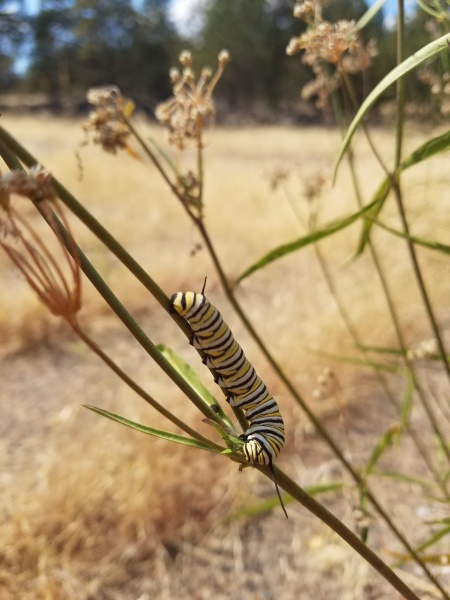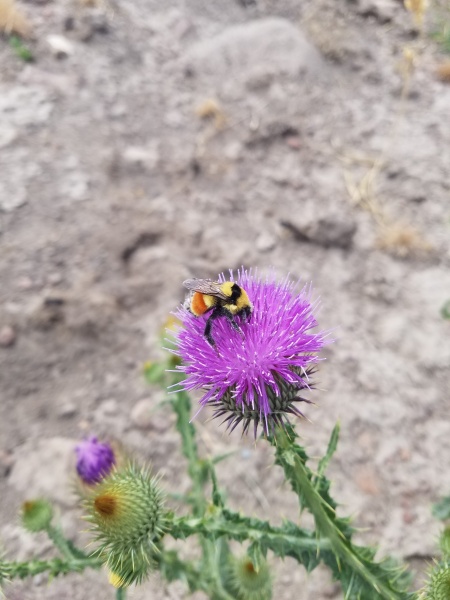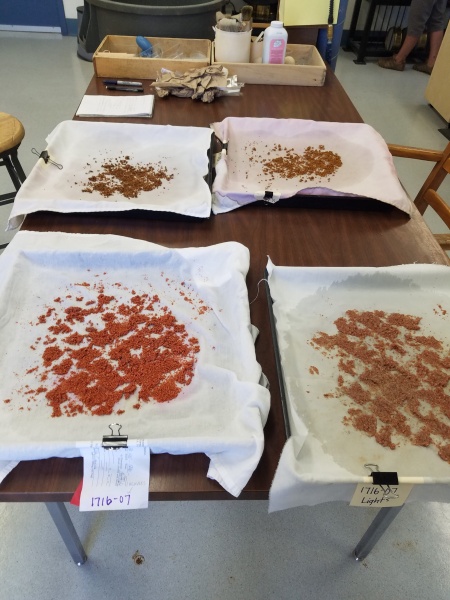It is mind blowing to think that this internship is halfway over already. My time with Seeds of Success has been flying by but the amount that I have learned in just a short three months is amazing. These past few weeks we have been focusing our time on collections around the Outer Banks, NC area and our time has been rewarded with an ever increasing amount of weekly collections. Our trips to the region occurred before and after Tropical Storm Hermine had rolled through. Fortunately the storm did not affect our trips and only shared a few showers with us and some ominous looking clouds. However, we noticed that it did have an impact on the region with areas of flooding and dune movements. Storms like this reminded my team and I how important our work is collecting seed in order to restore ecosystems, like the ones all around the Outer Banks, after tropical storms and hurricanes.

Ominous clouds rolling in at Swanquarter National Wildlife Refuge
On our first trip we discovered some great populations of a Fimbristylis sp., Rhynchospora colorata, Fuirena pumila and more exciting species along a few roadsides and in a waterfowl impoundment at Alligator River National Wildlife Refuge and at Pine Island Audubon Sanctuary. As most of the species were not quite ready to be collected, we made notes on them and were prepared to make collections of them in a week during our next trip. Once next week rolled around, we all piled into our car and set off to the Outer Banks. Upon arriving at Alligator River National Wildlife Refuge, we discovered all of the species we had noted along the roadsides had been mowed. To make matters worse, once we arrived at Pine Island Audubon Sanctuary the entire waterfowl impoundment had been mowed as well. As disappointed as my team and I were, we were at least able to make other collections in the areas, but we found a new enemy known as the lawn mower.
Later in the week we traveled to Currituck National Wildlife Refuge and spent some time learning the plants in the dune ecosystem. This included species like Uniola paniculata, Ammophila breviligulata, Panicum amarum and more. I was thrilled to spend time learning these species and understanding how important they are for stabilizing dunes and for coastal restoration. Currituck National Wildlife Refuge was beautiful and this dune habitat has become one of my favorites due to the fact that these amazing plant species can grow and thrive in such nutrient poor soils and provide essential ecosystem services to stabilize our beloved beach habitats.

Wild horses seen on beach at Currituck National Wildlife Refuge

View from the dunes at Currituck National Wildlife Refuge






























